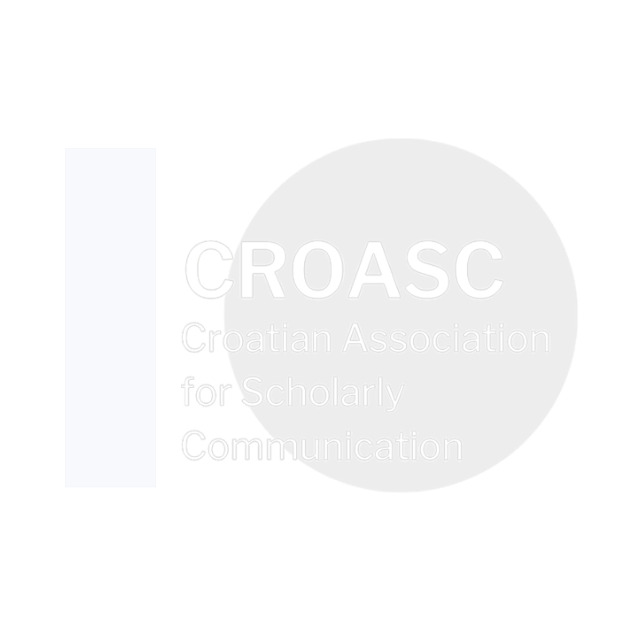Zooming in on Open Access in Ukraine: trends and patterns
Nataliia Kaliuzhna
14 September 2023
Session 1 ‣ The brave “new” world of institutional publishing
9:45 – 11:15
In October 2022, Ukraine declared its commitment to enhancing the effectiveness, quality and responsiveness of its research by implementing the National Plan for Open Science (Cabinet of Ministers of Ukraine, 2022). This document represents a significant step forward in aligning Ukraine’s national legislation with European Union requirements and promoting the adoption of open science practices. Open access (OA) is a crucial component of open science, and it is imperative to gain insight into its growth to inform funding policies and plan infrastructure development accordingly.
The aim of this research is to obtain a comprehensive overview of the OA development in Ukraine. To achieve this goal, publications affiliated with Ukrainian research institutions and universities in the period from 2012 to 2021 were collected from three well-known databases – Dimensions, Web of Science, and Scopus. Records were gathered in November 2022 using the web interfaces of WoS and Scopus, while data from Dimensions was extracted via the Dimensions API. After excluding duplicates and publications without DOIs, the OA status of each publication was determined using the Unpaywall API.
The study revealed that between 2012 and 2021, authors affiliated with Ukrainian research institutions and universities published 187,135 research papers. Of these publications 71,5% were open access, while the remaining 28,5% were paywalled. The percentage of OA articles for the indicated 10 years period increased substantially from 37.6% in 2012 to 82% in 2021.
Gold open access was the most common OA subtype, with 48,1% of articles published in OA journals. The second most frequent choice was bronze open access, accounting for 12,8% of articles. Green subtype and hybrid were less commonly used, with 5% and 5,6% of articles published in these categories, respectively.
Regarding the distribution of open access across different academic disciplines, the highest percentage of OA publications was found in the humanities, with a rate of 89.7%, followed closely by the social sciences at 88.5%. Medical and health sciences, agriculture sciences and multidisciplinary studies also exhibited relatively high levels of OA publications, representing 76,4%, 76,1%, and 67,8% respectively. The lowest proportion of OA publications was observed in the natural sciences category, with a rate of 55,8%.
This empirical study indicates that the share of OA publications in Ukraine is significantly higher than the global average of 31% reported by Piwowar, Priem, and Orr in 2019 and their estimation of 44% by 2025 (Piwowar et al., 2019). Notably, Ukraine is approaching the indicators of European leaders of “openness,” such as Great Britain and the Netherlands (Robinson-Garcia et al., 2020). It is worth mentioning that northern and central European countries have been early adopters of open access policies (Maddi et al., 2021), while Ukraine lacks mandates for research dissemination through OA, transformative agreements and only a few institutions have registered their OA policy with ROARMAP. The high share of OA publications in Ukraine can be partially attributed to the longstanding tradition of national journals being open access and fully subsidized by hosting research institutions. Therefore, open access has always been a part of the research dissemination culture in Ukraine (Novikov, 2020).







